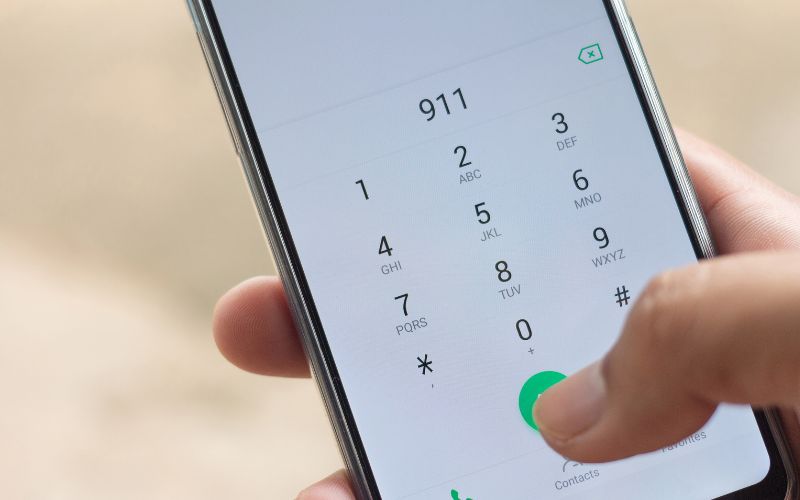Guest writer, Mi Ae Lipe, Founder of Driving in the Real World
Years ago, I rode along with the Washington State Patrol during a nighttime shift with one of their
drug recognition experts (DREs). It was an evening to remember, in which we apprehended a drunk
driver who had never been arrested before for this offense (I won’t say he was a first-time drunk
driver because by the time a person is caught, they’ve driven impaired on average around 80 times
before).
He was a man in his early twenties who was spotted by others driving erratically on the freeway,
and several worried good Samaritans reported him to the police. The impaired driver then exited
the freeway and headed for a busy boulevard. At least one citizen followed him off the freeway and
stayed behind him so that she could keep telling the police where he was until they could reach him.
By the time my DRE guy and I arrived, the local city police were already at the scene. The drunk
driver had apparently passed out behind the wheel and was just regaining consciousness. By some
miracle, his foot happened to rest on the brake and not the accelerator, and his car had just cruised
to a stop in the middle of the road without drama or anyone getting hit.
When we talk about National Passenger Safety Week, it’s easy to think that it’s all about your safety
in the vehicle you’re riding in and the driver you’re riding with. But that privilege we passengers
have of speaking up when something’s wrong also extends to what’s happening outside our
vehicles. The police officers I’ve spoken to about this have all mentioned that they are extremely
grateful to civilians who report impaired, drowsy, aggressive, or reckless driving or call in when
they’ve witnessed a driver going the wrong way. Seconds and minutes count in these cases.
Some have told me that by law they are required to investigate every reported incident if there is an
officer in the vicinity, so it’s worth reporting if your local police department welcomes that sort of
communication (but keep in mind that not all of them do or it can be impractical if distances are
far).
As a passenger, you’re in an ideal situation to make a difference, and you can call 9-1-1
anonymously to report unsafe behavior. Tell the operator the color, make, and model of the
unsafe vehicle, its location, what direction it’s heading, the license plate number, any description of
the driver you can remember, and what the situation is.
But remember that 9-1-1 is only for true emergencies when the public is in imminent danger, not
because a driver is doing something that annoys you. Also, never take matters into your own hands
and engage a dangerous driver yourself—always avoid eye contact, keep a safe distance from them,
and ignore rude gestures.
What if you’re the one driving and there is no passenger to delegate the reporting to? Remember
that it should be done only in a safe manner that will not potentially harm others. Because it itself is
extremely distracting, it is not okay to text, call, or even use Bluetooth or hands-free modes to
report an incident if you are the one driving unless it is an extreme emergency (like you’re being
pursued). Try to memorize the information, then safely pull over first to make the call.
While there are smartphone dash cam apps that can monitor and record surrounding traffic, I don’t
recommend using them while you’re driving—the apps can be very distracting in themselves. Your
first job is always not to make a bad situation worse. Pay attention to what’s going on around you,
not the app.
Remember, speaking up saves lives. Staying silent doesn’t.




